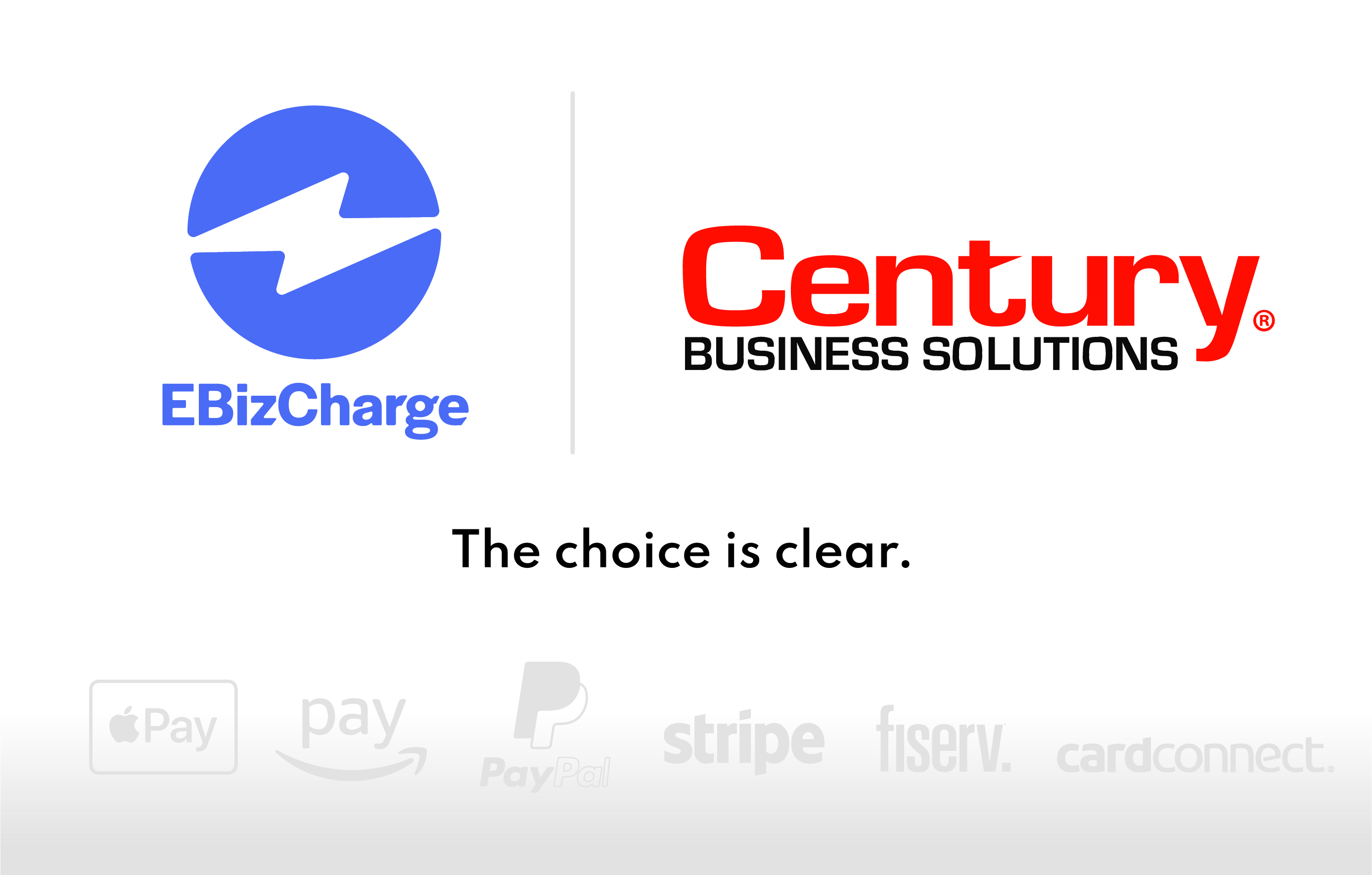Almost every retail store owner, both online and offline, has to deal with accounting woes related to their business. Especially, when 41% of small business owners handle the books on their own!
Initially, the number of purchases and supply chain operations may seem manageable but finances naturally become more complex as businesses grow — handling all the sales, returns, banking fees, shipping charges, and supplier payments can certainly take a toll.
Here’s where bookkeeping and accounting start getting tricky…
The lack of a well-organized accounting system can be overwhelming when managing a large volume of financial data. While brick-and-mortar stores have a history of accounting techniques and tricks to reference during turmoil, the new era of online commerce may leave retailers in the dark.
Fret not, eCommerce shop owners! This blog can come to your rescue with valuable tips that can make for smooth operations for your accounting and finance departments.
Let’s dive right in.
-
Select a suitable accounting software
Choosing the best accounting software for your business will require a lot of research to determine which option best meets your needs.
Cloud-based accounting software is typically the best choice for eCommerce businesses thanks to its strength and flexibility. Cloud-based solutions offer significantly more value than they cost and can reduce IT labor costs by 50%.
Cloud-based accounting software also offers real-time access for multiple users which is especially helpful when working with an eCommerce bookkeeper in a different state.
Other important factors to look for when selecting an accounting software include:
- Seamless integration with existing processes
- Routine updates that enable your business to advance and grow
Seeking expert advice from an accountant can also be beneficial to pinpoint what features and functionality your business needs.

-
Always stay on top of inventory management
The majority of eCommerce start-ups operate on a shoestring budget, meaning they have a small amount of money to spend on business expenses. Therefore, efficient inventory management is essential when working with a restricted budget.
The first step in maintaining a well-run inventory management process is to find a reliable courier mail service to avoid extra costs due to items getting lost or damaged in transit.
Alongside a reliable mail service, businesses should track every item of inventory which requires the use of inventory controls like:
- Observing how goods are used
- Auditing inventory on a regular basis
- Controlling inventory access to prevent theft
As an online business, inventory is your largest investment and consumes the majority of your funds. Cash flow is tough to balance, and free cash is limited. Having effective inventory controls can help you avoid a variety of issues like shrinkage and backorders.
Staying on top of inventory management will also allow you to keep track of your fast-moving and slow-moving items. This will assist you in determining which products yield higher revenues and which products aren’t performing well.
-
Integrate a powerful payment gateway into your business
Most eCommerce store owners provide a wide array of payment options like credit cards, bank transfers, and cash on delivery. However, the numbers suggest that over 50% of online shoppers will be drawn toward the option of transacting through digital or mobile wallets by 2024.
With the fast growth of eCommerce platforms, choosing a powerful payment gateway like PayPal, Stripe, EBizCharge, Amazon Pay, or Apple Pay, is critical.
When deciding which payment gateway is right for your business, keep in mind that transaction commissions will differ by the gateway. It’s also important to understand how transaction fees affect your profit margin.
Each company would be wise to conduct thorough research to select the best payment gateway for their business model — not simply one with a low transaction rate, but also one with a high success rate. This will reduce the chance of users inputting their credit card information only to have payments fail which can lead to an influx of abandoned shopping carts and lower customer retention rates.

-
Keep track of chargebacks and refunds
Regardless of how successful an eCommerce store is, returns and refunds are unavoidable when doing business online.
When a refund is given, it’s recorded in accounting as if there was no sale. The item will then be added to your inventory, and the refund will be deducted from your revenue. This results in a processing charge which is a loss for your company and must be paid by you.
Chargebacks occur when customers allege they did not make a specific credit card purchase. The company must then pay back the credit card company. A processing fee is applied to these transactions as well, which is deducted from your revenue and paid back to chargebacks or operational costs.
Both chargeback and refund charges should be considered when determining the selling price of your product. Returns and chargebacks are costly, so charging the customer accordingly to help you break even will be very beneficial for your business.
-
Use the right profitability metrics
ECommerce enterprises compete for clients on a global scale, meaning there’s a lot of competition to attract customers. Luckily, online businesses can incorporate several strategies to yield higher profitability.
Sales and price cuts can help you gain a competitive advantage in the market but you must first assess your profitability before making a deal or lowering your prices.
For example, unlike traditional brick-and-mortar businesses, shipping can account for a significant amount of your total costs.
Additionally, 74% of small businesses are unaware of how factors like ghost assets can affect their bottom line. Profitability indicators can help you plan your business budget and design a pricing system to maximize earnings.
You can etch out the profitability of your company using metrics like the break-even point, operating margin, gross profit margin, return on assets, and net margin.
-
Know the tax implications
Physical storefronts have distinct tax and accounting issues that differ from eCommerce stores. A physical store collects sales tax in accordance with the regulations of the state in which it’s located. Whereas, the regulations for online retail businesses may vary.
Businesses can learn whether they’re obligated to charge and remit sales tax through any good eCommerce sales tax guide. Most point-of-sale (POS) technologies, such as Shopify POS, place the burden of collecting sales tax on the business owner.
ECommerce companies that ship internationally must also adhere to international legislation. Therefore, it’s important to inform your consumers about the tariffs and taxes that will be applied to their orders in advance.
Parting thoughts
You don’t have to be a certified accountant to understand the basics of your company’s finances. Luckily, online retail owners can use these 6 accounting tips mentioned in this article to help them get started by making sense of their transactions and other related financial data.
In addition to these tips, eCommerce businesses can apply a transparent accounting system that includes agile software, reliable human resources, and proper diligence.
About the Author
Hazel Raoult is a freelance marketing writer and works with PRmention. She has 6+ years of experience in writing about business, entrepreneurship, marketing, and all things SaaS. Hazel loves to split her time between writing, editing, and hanging out with her family.


